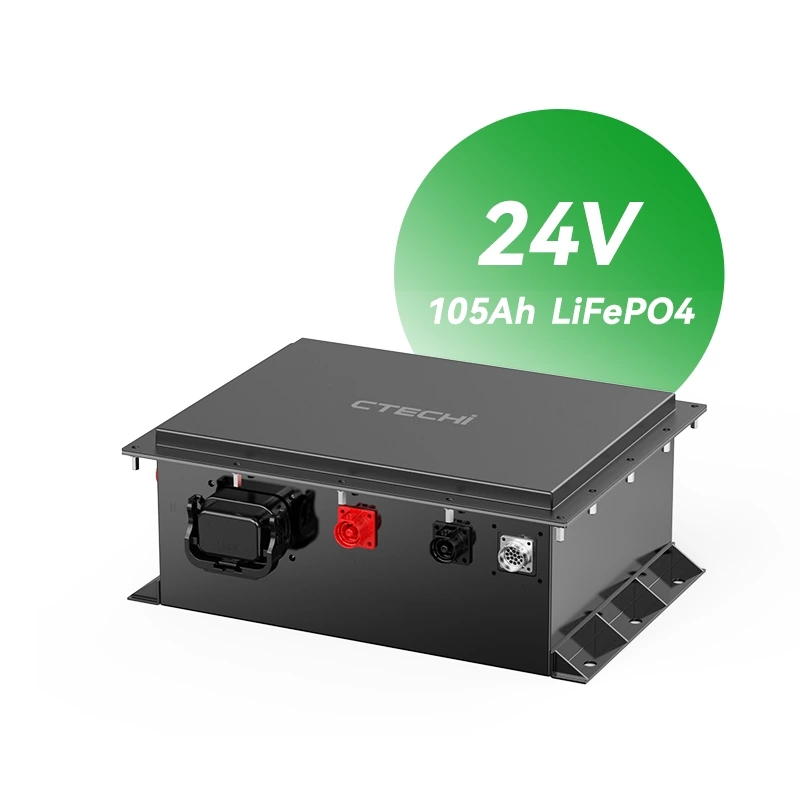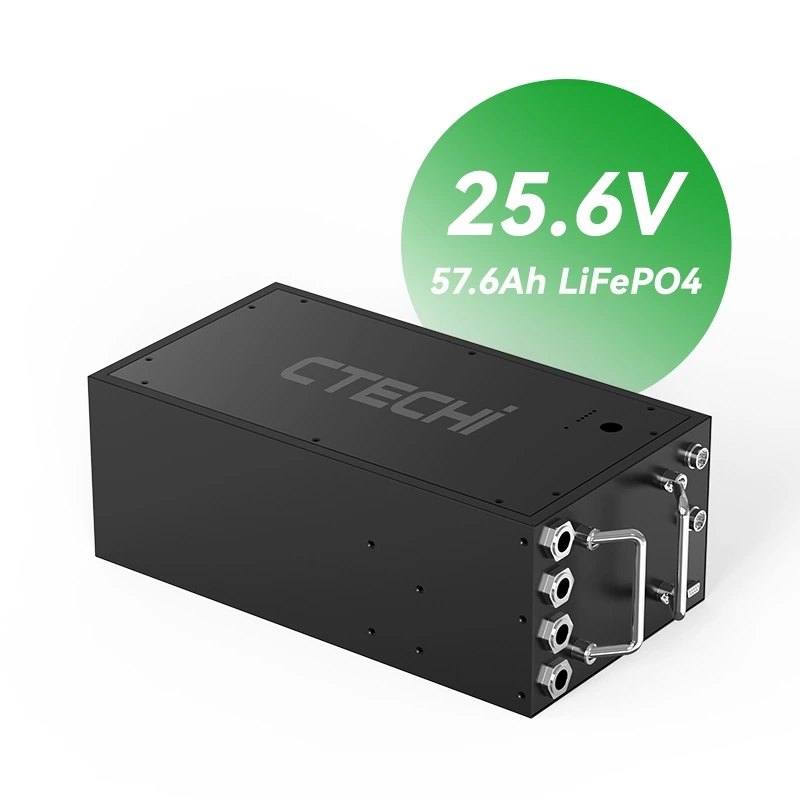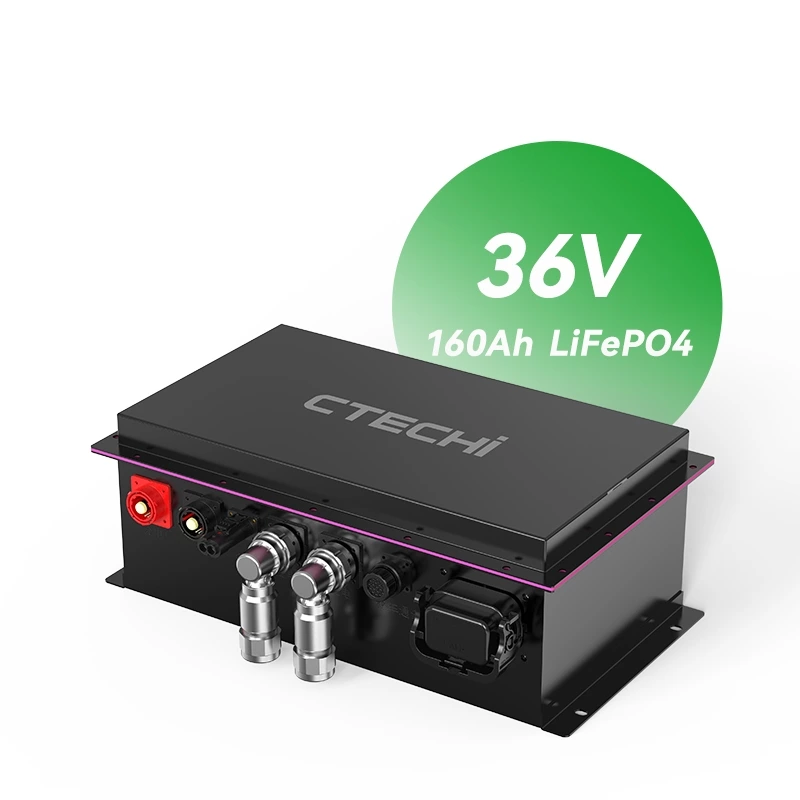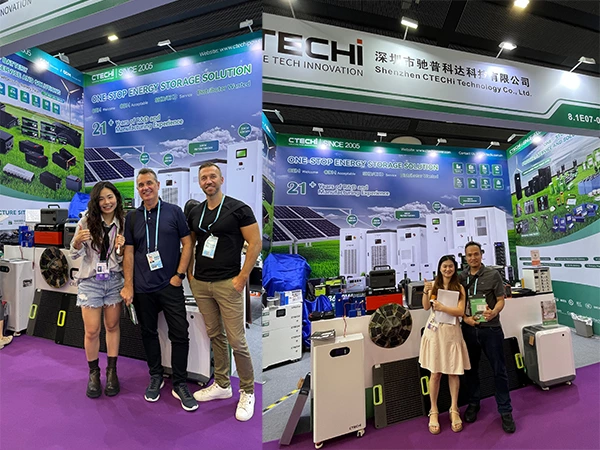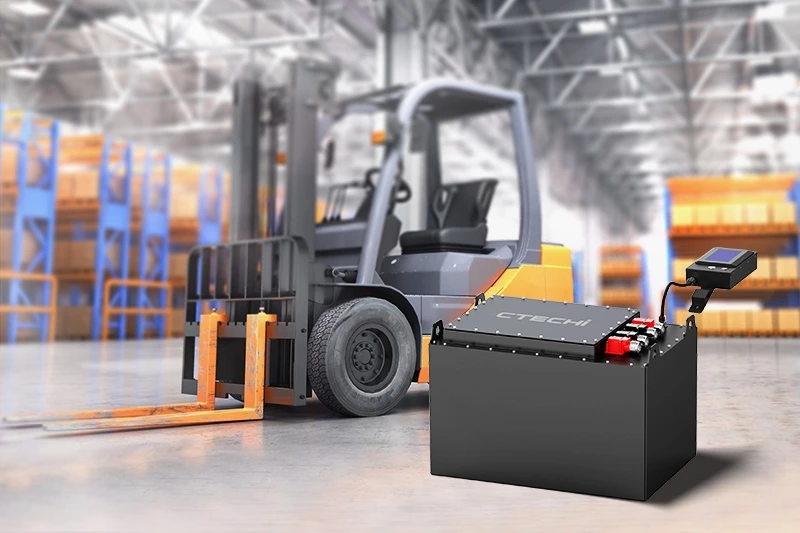How to Change a Forklift Battery
When it comes to sustaining round-the-clock operations, replacing a forklift battery need not be a headache. From a customer’s perspective, upgrading to CTECHI’s 48 V 210–690 Ah LiFePO4 battery turns a routine swap into an energy-saving, downtime-minimizing opportunity.
-
Preparation: Understanding What You’re Swapping Into
Our customers often ask: What exactly am I installing? With capacities from 210 Ah up to 690 Ah and a 48 V nominal voltage range, this series is designed to match a variety of forklift models without compromising performance. Backed by a 10-year life span and thousands of recharge cycles, this LiFePO4 solution pays off over time. -
Pre-Swap Checklist: Tools, Safety, and Scheduling
-
Ensure the truck is powered down and the existing battery is fully disconnected.
-
Wear appropriate PPE—gloves and eye protection—especially since LiFePO4 eliminates acid hazards.
-
Allocate about 15–30 minutes for the swap, depending on access logistics.
-
-
Step-by-Step Battery Removal & Installation
-
Disconnect: Remove the wiring, ensuring the forklift is fully de-energized.
-
Lift Out: Even though the LiFePO4 series is lighter than equivalent lead-acid models, be sure to use a forklift or hoist if needed—these batteries range between compact and heavy-duty sizes.
-
Inspect & Clean: Wipe contacts and trays; unlike lead-acid batteries, there’s no acid residue or corrosion risks.
-
Place New Battery: Slide in the new LiFePO4 unit (210–690 Ah range) securely—its form factor is forklift-compatible across many models.
-
Connect & Test: Reconnect cables, and fire up the truck. The battery’s advanced BMS instantly protects against overcharge, deep discharge, and temperature issues.
-
-
Why Customers Love This Upgrade
-
Zero Maintenance: No acid-level checks, watering, or equalization charging—this means less downtime and fewer service calls
-
Smarter Power: Integrated BMS ensures real-time health monitoring and instant protection, ideal for high-shift or demanding environments
-
Cost Efficiency: Over years, customers see savings through reduced maintenance, long cycle life, and fewer battery replacements.
-
-
Ideal Use Cases
-
Multi-Shift Warehouses: The high-capacity (690 Ah) version keeps operations running through hullabaloo three-shift days.
-
Cold-Chain Logistics: Consistent power and reliability in cold zones—no unexpected downtime.
-
Budget-Conscious Upgrades: The return on investment shows clearly when you factor in energy savings and longer lifespan.
-
For facility managers and fleet operators, this battery change isn’t just hardware—it’s upgrading your energy strategy. With a thoughtful swap process and LiFePO4 performance, you’re investing in peace of mind, productivity, and long-term value.
